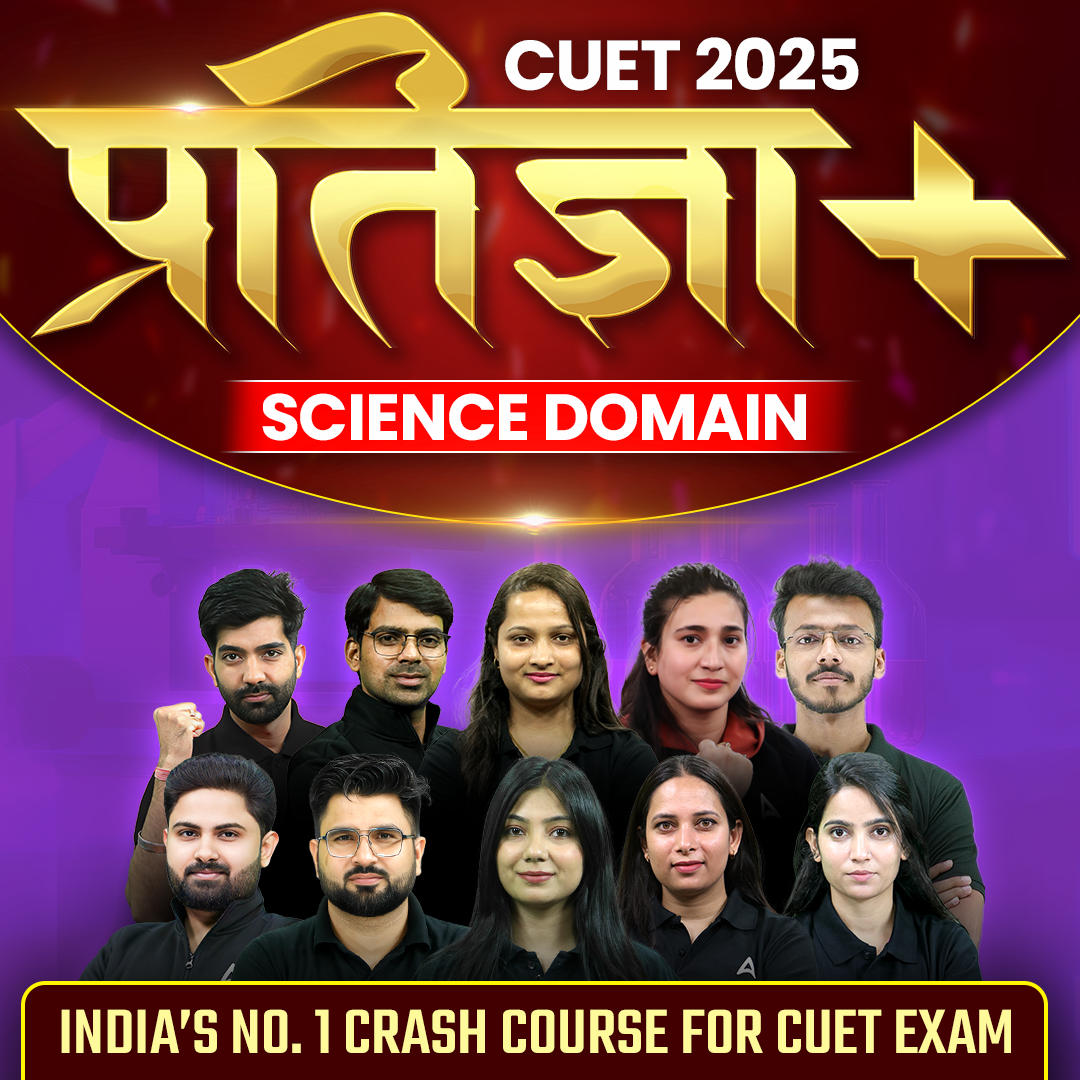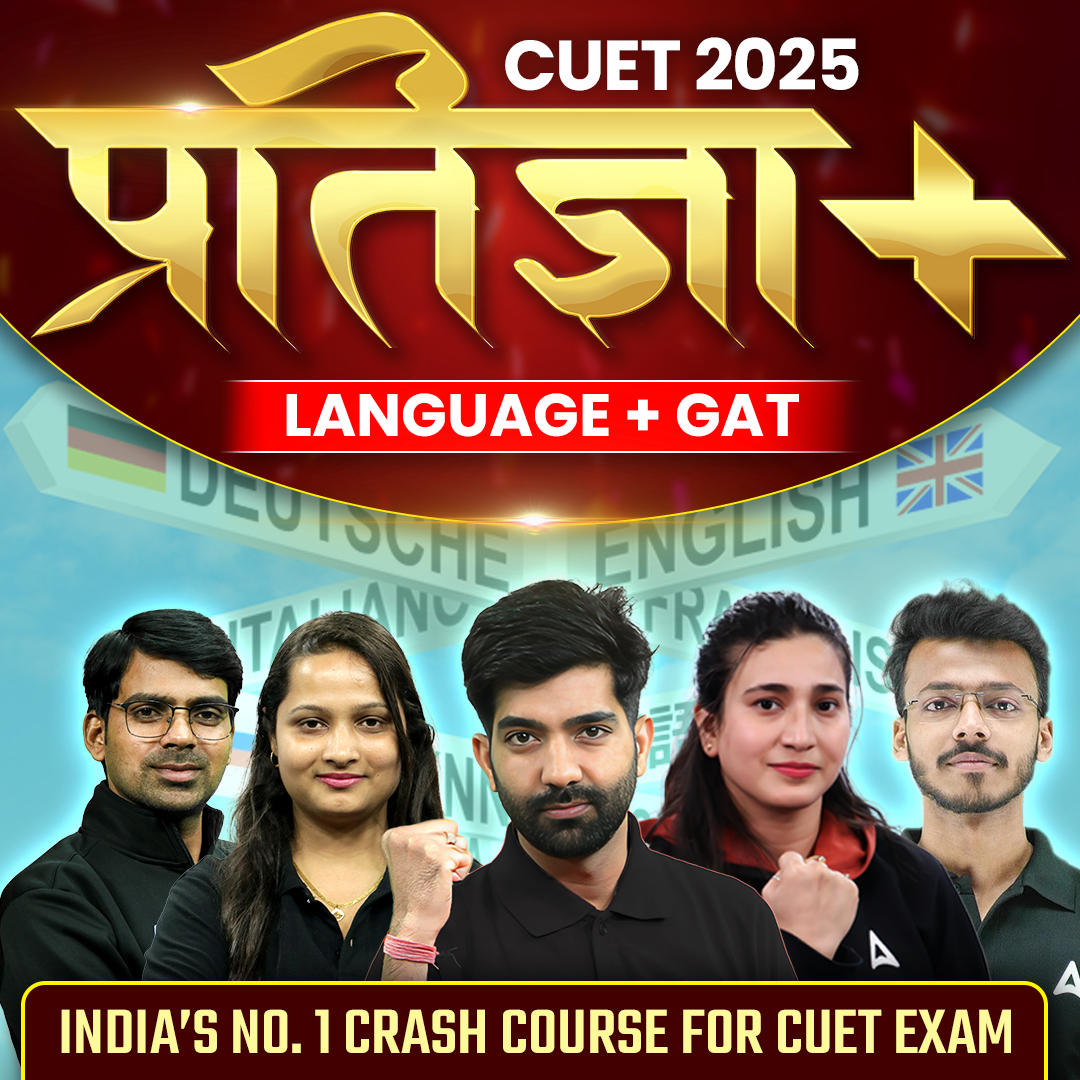Table of Contents
Candidates who want to score good marks in the CUET UG 2025 exam must have a proper understanding of the CUET syllabus. One of the crucial subject on which questions are asked in the CUET UG exam is “Knowledge Tradition- Practices in India”, known as KPTI in short. To help students preparing for this subject, we have provided the detailed CUET Knowledge Traditions- Practices in India Syllabus 2025 in this article.
CUET Knowledge Tradition- Practices in India Syllabus
The CUET Knowledge Tradition and Practices in India Syllabus is important for students targeting admission in courses like history, sociology, anthropology, or cultural studies. The Common University Entrance Test (CUET) is a nationwide entrance examination for students seeking admission to undergraduate programs at universities in India that participate in CUET.
The National Testing Agency (NTA) organizes CUET UG, which encompasses a range of subjects, such as Knowledge Tradition and Practices in India (KTPI). This subject emphasizes India’s rich cultural heritage, traditional knowledge systems, and interdisciplinary practices that have influenced its history and society.
CUET Knowledge Tradition- Practices in India Syllabus 2025
The CUET KPTI syllabus 2025 has been released by the authority at cuet.nta.nic.in for the CUET 2025 examinations scheduled from May 8 to June 1, 2025. The CUET Knowledge Tradition- Practices in India Syllabus 2025 covers many topics, including ancient agriculture, architecture, dance forms, education systems, ethics, martial arts traditions, and various traditional technologies. The CUET KPTI syllabus aims to evaluate a candidate’s comprehension of India’s intellectual and cultural heritage.
CUET Knowledge Tradition and Practices of India Syllabus 2025
The CUET syllabus on Knowledge Traditions and Practices in India is both fascinating and informative. Learners interested in grasping India’s Customs, Culture, Language, Agriculture, and Ethics will discover it highly rewarding. It offers a distinct chance to explore further the variety of traditional and cultural customs, and to develop through that experience. Due to its wide-ranging nature, it’s essential for students to focus completely on it, ensuring that nothing important is missed. The CUET Knowledge Tradition and Practices in India syllabus 2025 is divided into 8 chapters.
- Agriculture: A Survey
- Architecture: A Survey
- Dance: A Survey
- Education Systems and Practices: A Survey
- Ethics: Individual and Social
- Martial Arts Traditions: A Survey
- Language and Grammar
- Other Technologies: A Survey
CUET Knowledge Tradition- Practices of India Syllabus 2025 in Detail
Candidates can check the detailed CUET Knowledge Tradition- Practices in India Syllabus 2025 below.
| CUET KPTI Syllabus 2025 | |
| Units Name | Detailed Syllabus |
| Architecture: A Survey | Early and Classical Architecture: Temple Architecture/ Rock-Cut Structures/ Monolithic Temples/ Constructed Temples/ Public and Private Architecture
Architecture: Excerpts from Primary Texts Visnudharmottarapurana, Kautilya’s Arthsastra, Mayamata, Manasara Medieval & Colonial Architecture: Fort and Palace Architecture/ Mosques/ Mausoleums/ Colonial Architecture |
| Education Systems and Practices: A Survey | Goals of Indian Education/ Teaching and Learning/The Teacher and the Student/ Centres of Education/ Temples as First Schools/ Gurukulas/ Viharas and Universities/Community-Supported Education/ The Continuing System
Primary Texts on Education in India: A Selection Two Types of Knowledge and the Right Pupil/ Mere Intellectual Knowledge Is Not Enough/The Link between Teacher and Pupil/ Teachers Invite Students to Come to Them/Controlling the Mind and the Senses: the Goal of Indian Education/ Teacher’s Directives to Students on their Completion of Study/ what Is a Useful Life?/ Hsüan-tsang’s (Xuanzang) Impressions of Indian Education/ Hsüan-tsang’s (XuanZang) Description of Nalanda University Narratives of Indian Education in the 17th, 18th and 19th Centuries An Italian Explorer’s Record of Indian Education in the 17th Century/ A Description of Indian Education in the 18th Century/ The Teacher’s Subsistence/ Respect for the Teacher/Physical Education and Sports/ Description of the University at Navadveep (Nuddeah) in Bengal in 1791/ Love of Learning and Support for Education among Indians/ A W- idespread Colonial Network of Indigenous Schools |
| Martial Arts Traditions: A Survey | Texts/ Practice of Martial Arts/ Stick Combat/ Kaarippayau
Martial Arts Traditions: A Selection from Primary Texts Wrestling in the Mahabharata/ Mallapurana/ Marmasastram |
| Other Technologies: A Survey | Harappan Technologies/ Later Pottery/ Glass/ Water Management/ Textile Technology/ Writing Technology/ Pyrotechnics/ Cosmetics and Perfumes
Other Technologies: A Selection from Primary Texts Gemmology/ Water Management/ Textiles and Garments/ Perfumes and Cosmetics |
| Agriculture: A Survey | Agriculture in Prehistory and Protohistory/ Textual Sources/ Types of Lands/ Rain-Fed and Irrigated Crops/ Implements/ Seed and Sowing/ Manures/ Pests and Their Management/ Cattle Management/ Horticulture and Arboriculture/ Fishing/ Agriculture and Society
Agricultural Heritage: Excerpts from Primary Texts Rigveda, Krsiparasara (c. 400 BCE), Kautilya (3rd and 4th century BCE), Kasyapiyakrsisukti (800 CE), Vrksayurveda (c. 1000 CE), Krsigita (c. 1500 AD) |
| Dance: A Survey | Classical Dance Forms: Classical Period/ Middle Period/ Modern Period/ Classical Dance Forms/ Bharatanatyam/ Kathakali/ Kathak/ Kuchipudi/ Manipuri/ Odissi/ Sattriya
Primary Texts on Dance in India : A Selection Natyasastra (tr. Manomohan Ghosh) Folk Dance Forms: Chau/ Bihu/ Rauf/ Padayani/ DolluKunitha/ Dandiya/ Ghumar/ Kalbelia/ Chaufla/ Bhangra/ Giddha/ Garba/ Lavani/ Bamboo Dance |
| Ethics: Individual and Social | The Cosmic Order/ Buddhist Ethics/ Jain Ethics/ Sikh Ethics/ The Bhakti Movement
Primary Texts on Ethics: Individual and Social: A Selection From Jain Granthas/ From Buddhist Granthas/ From Asoka’s Edicts/ From the Kural (tr. P.S. Sundaram) |
| Language and Grammar | Languages of India/ Study of Language in India/ Disciplines of Language Studies in India/ Classification of Speech-Sounds/ Theory of Grammar/ Chanda (Prosody)
Primary Texts on Language: A Selection Reflections on Language from Vedic Sources, Phonetics Paniniya siksha (tr. & ed., Manomohan Ghosh), Nirukta (Etymology), The Nighantu and the Nirukta of Sri Yaskacharya (tr. Ed., Lakshman Sarup) Patañjali’s Mahabhasya (adapted from S.N. Dasgupta’s translation) Grammar, Language and Knowledge Bhartṛhari’s Vakyapadiya, Brahmakanda, (tr. K. A. Subramania Iyer) |
CUET Knowledge Tradition- Practices in India Syllabus 2025 PDF Download
The NTA has released the latest CUET Knowledge Traditions and Practices of India Syllabus 2025 PDF on its official portal. Students preparing for the CUET UG KPTI exam must go through the official PDF. We have shared the CUET UG Knowledge Tradition- Practices of India Syllabus 2025 PDF for free download below.
CUET Knowledge Tradition- Practices in India Syllabus 2025 PDF Download
CUET Knowledge Tradition- Practices in India Exam Pattern
The CUET UG 2025 latest exam pattern for the Knowledge Tradition and Practices of India subject has been shared below.
| Particulars | Details |
| Mode of the exam | Computer-based test mode (online) |
| Language of exam | 13 languages – English, Hindi, Assamese, Bengali, Gujarati, Kannada, Malayalam, Marathi, Odia, Punjabi, Tamil, Telugu, and Urdu |
| Type of questions | Multiple Choice Questions (MCQs) |
| Total number of Questions | 50 questions (all compulsory) |
| Duration of Exam | 60 minutes (1 hour) |
| Maximum Score | 250 |
| Negative marking | Yes |
| Marking Scheme | +5 for each correct answer
-1 for each incorrect answer |
| Exam Frequency | Once a Year |
| CUET KTPI Mapping for Courses | B.A. in History B.A. in Anthropology B.A. in Indian Culture |
To score good marks in the CUET Knowledge Tradition and Practices in India, students must solve CUET previous year question paper along with taking CUET mock test on a regular basis. Students should make sure to study every important topic included in the syllabus.

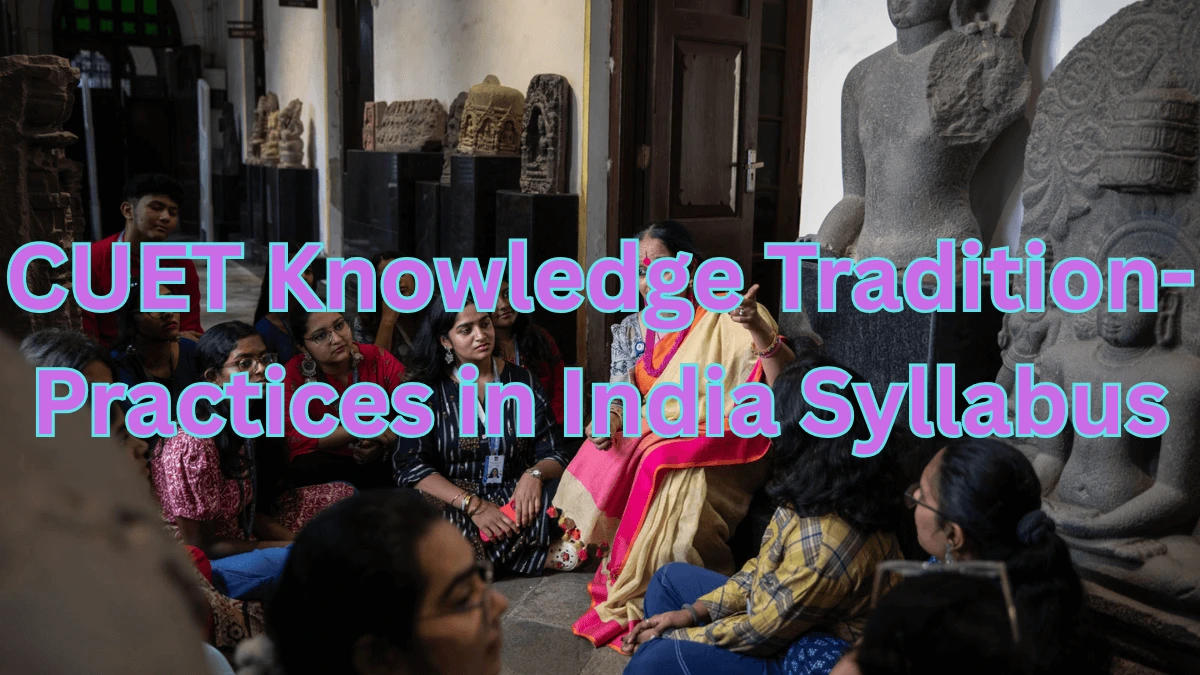
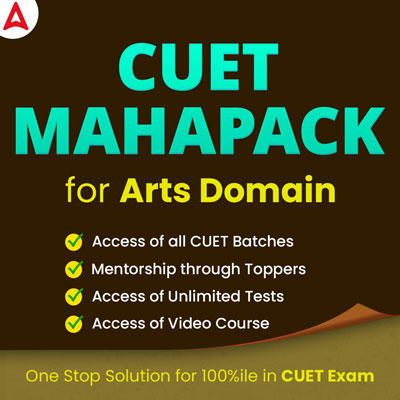

 Scoring 900+ in CUET is More Than Possib...
Scoring 900+ in CUET is More Than Possib...
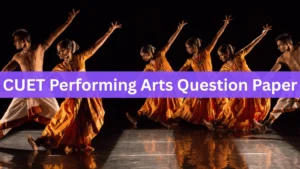 CUET Performing Arts Question Paper 2025...
CUET Performing Arts Question Paper 2025...
 CUET Engineering Graphics Question Paper...
CUET Engineering Graphics Question Paper...
